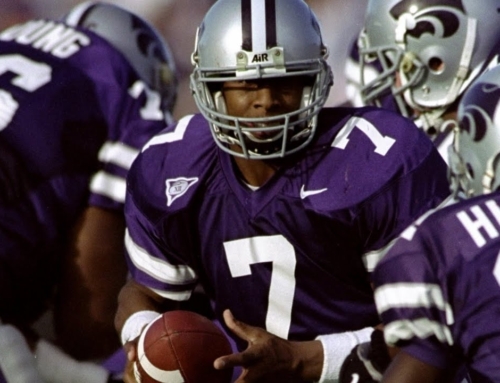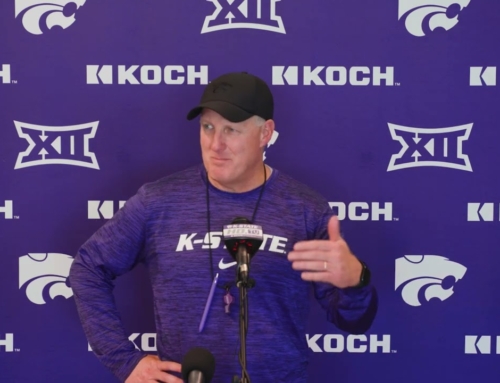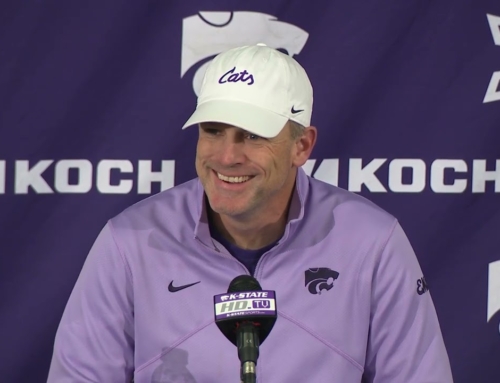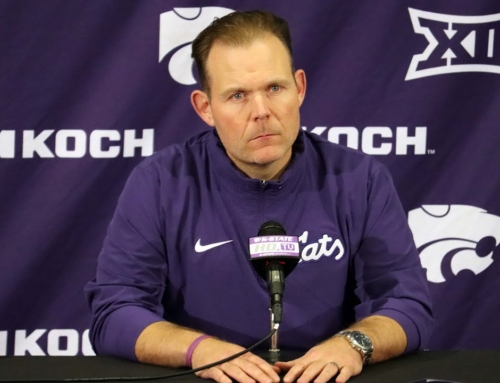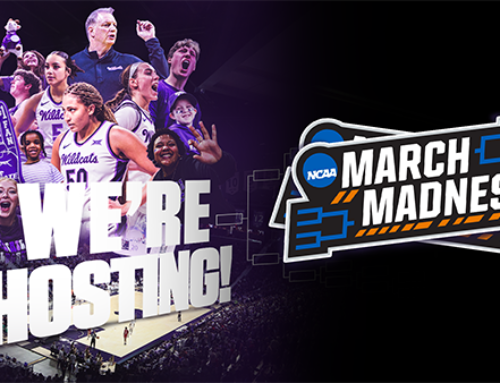
KMAN file photo
Beef consumption has changed significantly during the pandemic.
Kansas State University livestock economist Glynn Tosnor monitors consumer demand on a month-to-month basis and says the June report from the U.S. Department of Agriculture showed some interesting trends.
“The USDA domestically through June — beef demand was up 34 percent from the prior year. We should not overreact to that because that’s following up on a couple months of down. I expect those percentages to moderate in the months to come,” he said.
Pork was also up 18 percent year over year while chicken demand was up 10 percent in June. Tonsor analyzes demand via his own Meat Demand Monitor. It tells a notably different story about domestic beef consumption.
“Six of the eight meat products that I track every month had lower grocery store demand in August compared to July. Looking at food service, it was very mixed with four of the eight were up compared to July. Ribeye steak was down in the food service channel while ground beef was up, not massively but nonetheless directionally it wasn’t positive,” he said.
Tonsor says 85 percent of survey respondents in August received a CARES Act payment, though just 23 percent said the stimulus impacted their meat and food spending.
“That’s not the majority of people. We’re a population of 330 million people, so 23 percent is a lot of people. That sort of unprecedented federal stimulus in my opinion had a direct effect on beef demand,” he said.
Tonsor says a second round of stimulus would likely provide another boost to the meat industry.
Information on domestic beef demand can be found online at agmanager.info.
The post K-State livestock economist: CARES Act stimulus had a direct effect on beef demand appeared first on News Radio KMAN.


